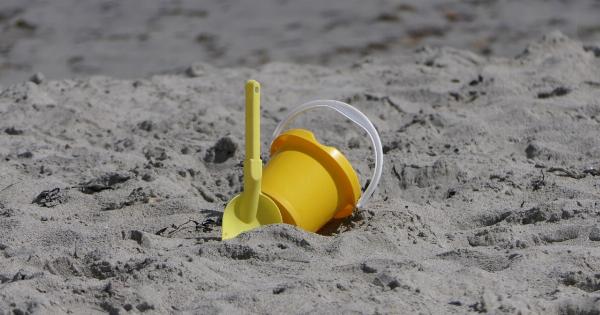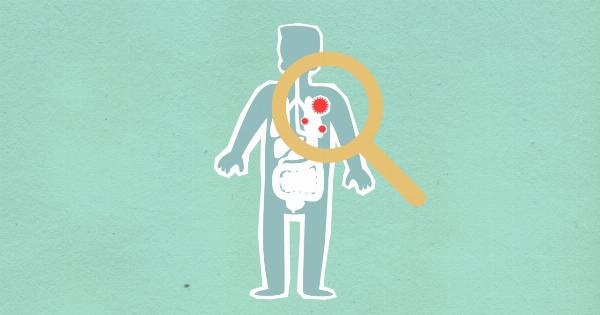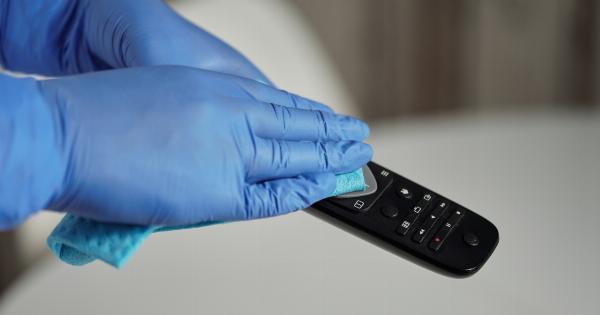Genital fungi are a common problem for both men and women. These fungi can cause itching, burning, and discomfort in the genital area. Yeast infections are the most common type of genital fungi, but there are several other types.
In this article, we will discuss the common culprits of genital fungi.
Yeast Infections
Yeast infections are caused by an overgrowth of the Candida fungus. The fungus is naturally present in the body, but it can become problematic when it grows out of control.
Yeast infections are more common in women than in men, but they can affect both sexes. Common triggers for yeast infections include:.
- Antibiotics
- Pregnancy
- Diabetes
- High-sugar diets
- Weakened immune systems
- Tight clothing
- Sleeping in damp underwear
Bacterial Vaginosis
Bacterial vaginosis is caused by an overgrowth of bacteria in the vagina. This condition is more common in women than in men. The exact cause of bacterial vaginosis is unknown, but common triggers include:.
- Multiple sexual partners
- Douching
- Using scented products in the vaginal area
- Using an intrauterine device (IUD) for birth control
Trichomoniasis
Trichomoniasis is a sexually transmitted infection (STI) caused by a parasite. This infection is more common in women than in men. Trichomoniasis is typically spread through sexual contact. Common triggers for trichomoniasis include:.
- Unprotected sex
- Having multiple sexual partners
- Using scented products in the vaginal area
Jock Itch
Jock itch is a fungal infection that affects the groin area. It is more common in men than in women. Jock itch is typically caused by the fungus Trichophyton rubrum. Common triggers for jock itch include:.
- Tight clothing
- Poor hygiene
- Sweating
- Hot and humid weather
Ringworm
Ringworm is a fungal infection that can affect various parts of the body, including the genitals. It is caused by fungi called dermatophytes. Common triggers for ringworm include:.
- Tight clothing
- Poor hygiene
- Sweating
- Hot and humid weather
- Sharing personal items such as towels and clothing
Candidiasis
Candidiasis is a fungal infection that can affect various parts of the body, including the genitals. It is caused by the Candida fungus. Common triggers for candidiasis include:.
- Antibiotics
- Diabetes
- High-sugar diets
- Weakened immune systems
Pubic Lice
Pubic lice are tiny insects that live on the pubic hair. They are commonly spread through sexual contact. Common triggers for pubic lice include:.
- Unprotected sex
- Having multiple sexual partners
- Sharing personal items such as towels and clothing
Scabies
Scabies is a skin condition caused by a mite. The mite burrows into the skin and lays eggs, which leads to itching and discomfort. Scabies is typically spread through close physical contact. Common triggers for scabies include:.
- Close physical contact
- Sharing personal items such as towels and clothing
Herpes
Herpes is a viral infection that can affect the genitals. It is typically spread through sexual contact. Common triggers for herpes outbreaks include:.
- Stress
- Illness
- Fatigue
- Exposure to sunlight
Preventing and Treating Genital Fungi
To prevent and treat genital fungal infections, it’s important to practice good hygiene habits and avoid common triggers. Some tips include:.
- Wearing loose-fitting clothing
- Avoiding scented products in the genital area
- Cleaning the genital area with mild soap and water
- Avoiding sexual contact with anyone who has an active infection
- Using condoms during sexual contact
- Consulting a healthcare provider for proper diagnosis and treatment
Medical treatments for genital fungal infections can include topical creams, oral medications, and other therapies. It’s important to follow proper treatment guidelines and finish the full course of medication, even if symptoms improve quickly.



























